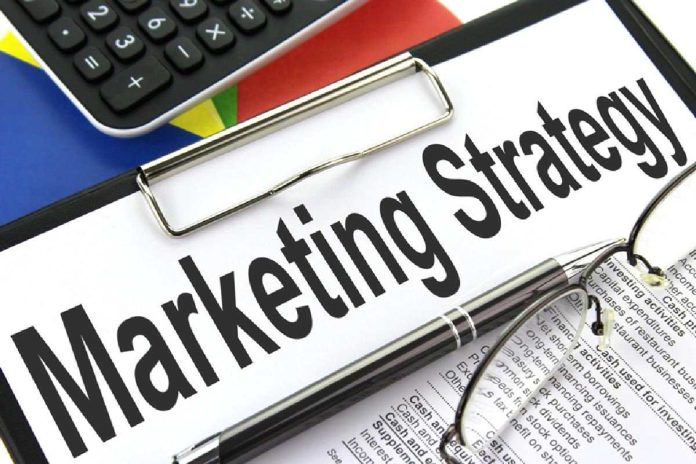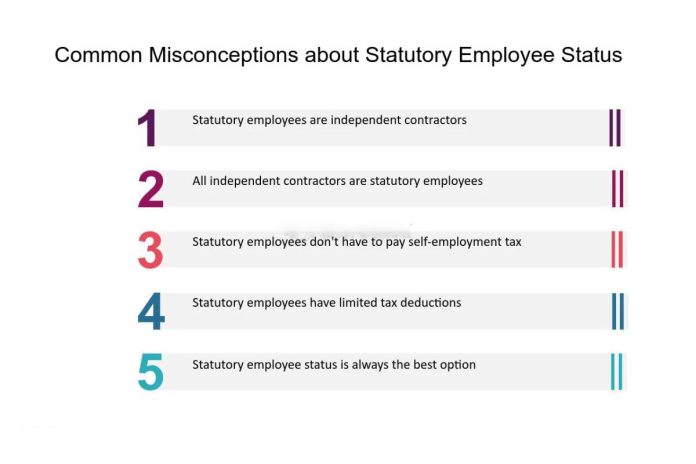In today’s rapidly advancing digital landscape, cyber security has become paramount in safeguarding businesses against an ever-growing array of cyber threats. As businesses increasingly rely on digital technologies to communicate with customers, streamline operations, and store sensitive data, they become more susceptible to cyber-attacks and breaches. In this digital age, cybersecurity serves as a critical defense mechanism, protecting businesses from malicious actors seeking to exploit vulnerabilities and compromise their digital assets. From safeguarding customer information to preserving brand reputation, cybersecurity plays a vital role in ensuring the resilience and continuity of businesses in the face of evolving cyber threats. Let’s delve deeper into cybersecurity’s pivotal role in protecting businesses in today’s digital era.
The growing role of cybersecurity in digital business has drastically increased the demand for cybersecurity professionals. As organizations are growing their resilience on digital infrastructure to operate, the risk of cyber threats has escalated, driving the need for skilled professionals to protect against them. Undergoing a cyber security program equips individuals with essential knowledge, skills, and certifications to meet this demand. These programs provide hands-on training in areas such as threat detection, incident response, and risk management, preparing individuals for diverse roles in cybersecurity. By gaining practical experience and industry-recognized credentials, individuals can enter the workforce as competent and sought-after cybersecurity professionals.
Table of Contents
Understanding Cyber Threats
In the digital age, businesses face many cyber threats to compromise their sensitive data and disrupt operations. Common cyber threats include malware, which infiltrates systems to steal information or cause damage; phishing, where attackers trick individuals into disclosing sensitive information; ransomware, encrypts data and demands payment for releasing it; and data breaches, where unauthorized parties gain access to confidential information. These threats can often lead to financial losses, reputational damage, and legal consequences for businesses. Understanding these cyber threats is crucial for businesses to implement effective cybersecurity measures and protect themselves from potential attacks in an increasingly interconnected and vulnerable digital landscape.
Importance of Cybersecurity for Businesses
Cybersecurity is pivotal in safeguarding businesses across various dimensions crucial for their success and sustainability. Firstly, it protects sensitive data and intellectual property (IP), shielding valuable assets from unauthorized access, theft, or manipulation. By implementing robust security measures, businesses can maintain their data’s confidentiality, integrity, and availability, preventing costly breaches and preserving their competitive advantage.
Furthermore, cyber security is essential for safeguarding financial transactions and assets. With the surging prevalence of online transactions and digital payment systems, businesses are susceptible to cyber attacks aimed at stealing financial information or disrupting financial operations. Effective cybersecurity measures help mitigate these risks, ensuring the integrity of financial transactions and safeguarding assets from theft or fraud.
Moreover, cyber security plays a crucial role in preserving brand reputation and customer trust. A cyber attack can have far-reaching consequences, damaging a company’s reputation and eroding customer confidence. By prioritizing cyber security, businesses demonstrate their commitment to protecting customer data and ensuring a secure environment for interactions, thereby maintaining trust and loyalty among customers and stakeholders.
Lastly, cybersecurity is essential for ensuring compliance with regulatory requirements. Governments and regulatory bodies impose stringent data protection laws and cybersecurity standards to protect consumer rights and prevent data breaches. Businesses should adhere to these regulations to avoid fines, legal consequences, and reputational damage.
Cyber security is indispensable for businesses as it protects sensitive data and intellectual property, safeguards financial transactions and assets, preserves brand reputation and customer trust, and ensures compliance with regulatory requirements. Investing in cybersecurity measures is not only essential for mitigating risks and preventing cyber attacks but also for sustaining long-term success and competitiveness in today’s digital landscape.
Role of cyber security measures
The role of cybersecurity measures is multifaceted and critical in safeguarding businesses against evolving cyber threats. Here’s an elaborate explanation of each point:
Implementing robust security protocols and technologies:
Implementing robust security protocols and technologies involves deploying a comprehensive suite of tools and solutions to defend against cyber threats. This comprises firewalls, intrusion detection and prevention systems (IDS/IPS), endpoint protection platforms (EPP), encryption mechanisms, and secure access controls. These technologies create multiple layers of defense, making it tough for attackers to breach the organization’s network and systems.
Conducting regular risk assessments and vulnerability scans:
Regular risk assessments and vulnerability scans help identify and prioritize potential security risks and weaknesses within the organization’s IT infrastructure. By conducting these assessments, businesses can proactively identify vulnerabilities in software, configurations, or processes that could be exploited by attackers. This enables them to take corrective actions, such as applying patches, updating software, or reconfiguring systems, to mitigate the identified risks and strengthen their overall security posture.
Developing and enforcing cybersecurity policies and procedures:
Developing and enforcing cybersecurity policies and procedures involves establishing clear guidelines, rules, and protocols to govern how employees, contractors, and third parties interact with the organization’s information systems and data. These policies cover data classification, access control, password management, data encryption, incident response, and employee responsibilities. By enforcing these policies, businesses can ensure consistency, compliance, and accountability in their cybersecurity practices, reducing the likelihood of security breaches and compliance violations.
Providing cybersecurity awareness training for employees:
Cyber security awareness training educates employees about the various cyber threats, security best practices, and organizational policies to mitigate risks and protect sensitive information. Training topics may include recognizing phishing emails, creating strong passwords, securely handling data, identifying suspicious activities, and reporting security incidents. By investing in cybersecurity awareness training, businesses can empower employees to become the first defense against cyber threats, fostering a security-conscious culture and reducing the likelihood of successful cyber attacks stemming from human error or negligence.
Conclusion:
The growing role of cyber security in protecting businesses in the digital age cannot be overstated. As organizations increasingly rely on digital technologies, cybersecurity is the frontline defense against many cyber threats. By implementing robust security measures, conducting regular risk assessments, along with fostering a culture of cybersecurity awareness, businesses can safeguard their data, assets, and reputation. Undertaking a cyber security program equips individuals with the required skills and knowledge to address these challenges effectively, positioning them as sought-after professionals in a rapidly growing and evolving field. Investing in cybersecurity education is essential for personal career advancement and ensuring the resilience and success of businesses in today’s digital landscape.










